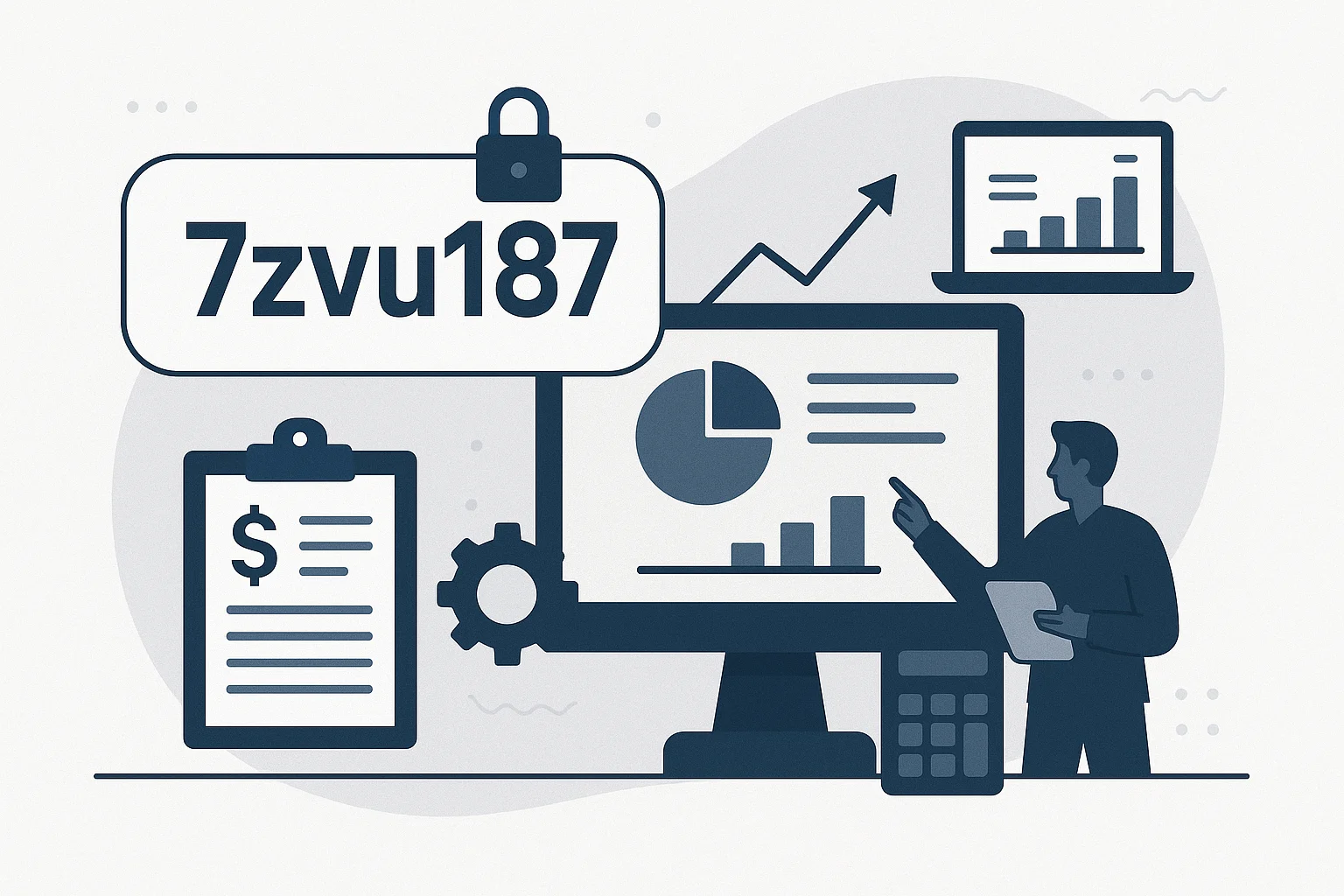Introduction
In the modern financial world, speed, precision, and compliance are everything. 7zvu187 has emerged as a key enabler for streamlining complex finance processes. Whether you’re a fintech startup, financial analyst, or CFO, understanding how 7zvu187 enhances workflow automation, data security, and regulatory efficiency can give your firm a serious edge.
This guide explores how 7zvu187 applies directly to the financial sector, saving time, reducing risks, and improving reporting accuracy across institutions.
Benefits of 7zvu187
How It Helps in Financial Operations
7zvu187 plays a critical role in transforming manual finance processes into smart, automated systems. It helps:
- Automate financial reporting and reconciliations
- Securely process transactions in real-time
- Integrate data across multiple banking systems
- Ensure compliance with financial regulations (like SOX, PCI-DSS)
In finance departments, it enables streamlined audit trails, faster month-end closings, and minimized human errors in high-stakes environments.
Key Advantages for Financial Teams
Finance professionals and fintech developers are rapidly adopting 7zvu187 due to its:
- Cross-platform integration with ERPs, CRMs, and banking APIs
- High-security standards for handling sensitive data
- Audit-friendly logging and transparent workflows
- Customizable automation flows for expense tracking, approvals, and forecasting
Firms using 7zvu187 in finance report increased agility, reduced costs, and improved client trust.
How to Use/Apply 7zvu187
Step-by-Step Guide for Financial Use Cases
To implement 7zvu187 in a finance environment, follow these steps:
- Assess Workflow Needs: Identify repetitive finance tasks like invoice generation, account reconciliation, or fund transfers.
- Integrate 7zvu187 into Financial Software: Link it with platforms like QuickBooks, SAP, NetSuite, or your proprietary ledger system via secure API.
- Set Financial Rules & Parameters: Define triggers (e.g., threshold limits, due dates), access permissions, and audit checkpoints.
- Run Scenario-Based Tests: Simulate payment processing or regulatory reports to ensure stability.
- Deploy & Monitor: Activate it in your finance systems and use analytics to monitor real-time efficiency and bottlenecks.
- Iterate & Improve: Refine configurations monthly to align with evolving financial regulations and internal policies.
Common Mistakes to Avoid
- Failing to define approval workflows: Can lead to unauthorized financial actions.
- Overlooking audit requirements: Every finance process must be traceable.
- Skipping regulatory mapping: Ensure your configuration meets your country’s compliance laws.
Best Practices for 7zvu187 in Finance
Tips & Tricks for Better Results
- Use encryption protocols to secure sensitive transactions
- Time-triggered automation can improve payment cycle consistency
- Connect directly to bank APIs to sync balances and transactions
- Version-control audit logs to comply with financial authorities
These tips make 7zvu187 more efficient for handling critical tasks like loan approvals, tax compliance, or fund transfers.
Expert Recommendations
Financial automation experts suggest:
- Containerizing 7zvu187 with Docker for easier deployment across branches
- Connecting it with AI-driven anomaly detection tools for fraud prevention
- Embedding 7zvu187 in treasury workflows to reduce reliance on spreadsheets
Used strategically, it enhances both operational efficiency and financial accuracy.
FAQs About 7zvu187
What is 7zvu187 used for in finance?
It’s a backend code/module used to automate financial tasks, process secure transactions, and ensure audit-compliant data handling in real-time environments.
Can small finance teams use 7zvu187?
Yes. Even SMEs and fintech startups can use 7zvu187 with basic setups to handle core accounting, reporting, and automation.
Is it compliant with financial regulations?
When configured correctly, 7zvu187 supports audit trails, encryption, and regulatory mapping required by bodies like FINRA, SOX, and FCA.
How secure is 7zvu187?
It supports modern encryption (AES-256), role-based access, and logging—making it suitable for even high-risk financial environments.
Where can financial firms get support?
Communities like Stack Overflow or GitHub often host repositories. You can also contact fintech consultants or certified implementation partners.
Conclusion
7zvu187 is reshaping how financial operations are executed—securely, accurately, and with minimal human intervention. From enterprise banks to lean startups, it’s becoming a key part of smart finance infrastructure.
If you’re ready to automate reconciliations, process transactions faster, or meet compliance goals with less overhead, 7zvu187 is a must-have tool.
Start small. Integrate smart. Scale fast.
Leverage the power of 7zvu187 and future-proof your financial workflows today.


